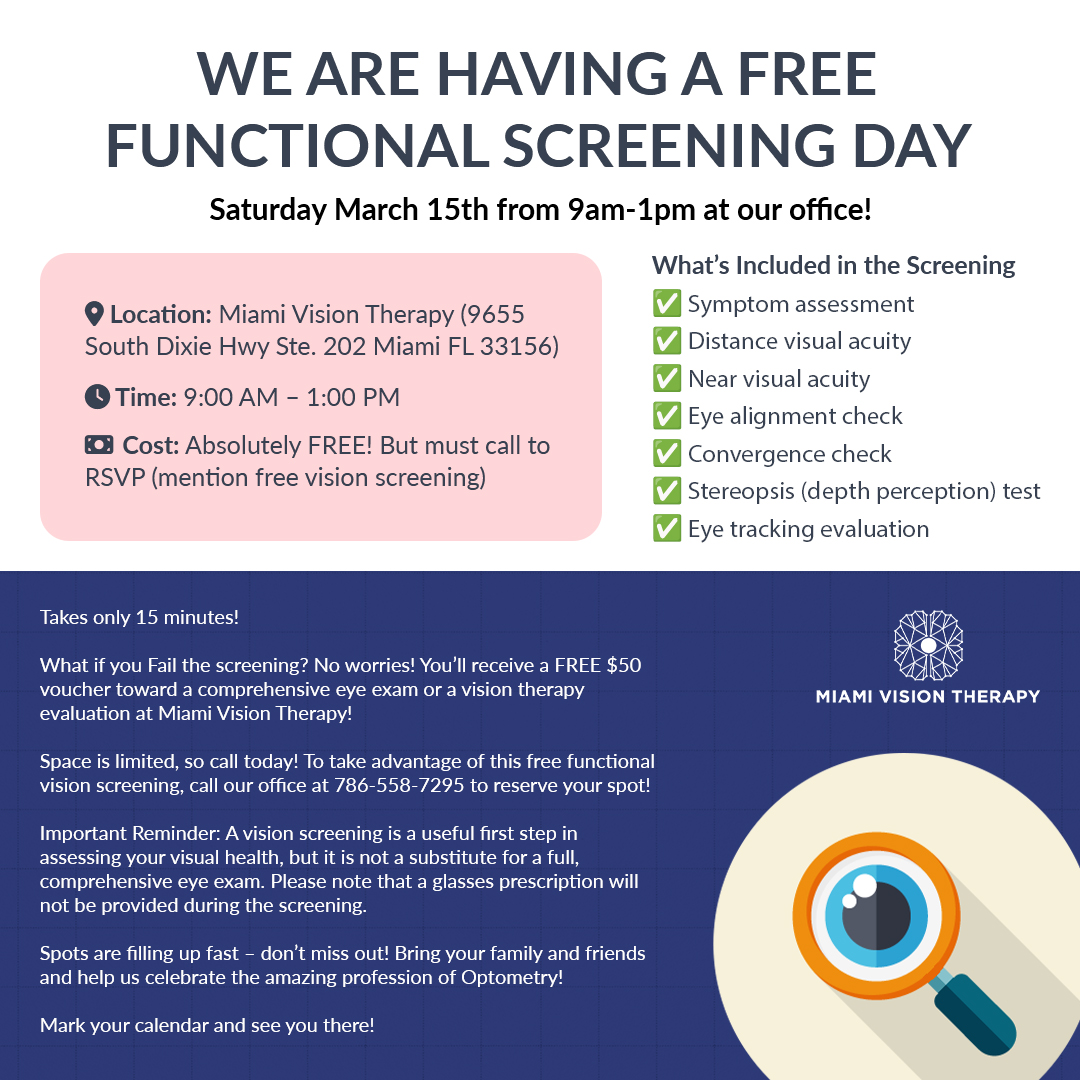


April 14, 2025
Seeing the Whole Picture Starts Before the Eye Exam
The way a child sees the world is shaped by more than their eyes. Visual function is closely tied to motor coordination, sensory processing, cognition, and emotional regulation. That’s why we ask questions that go beyond symptoms like blurry vision or poor reading performance. We ask about birth history, developmental milestones, and behavioral patterns—because these details help explain why a child may be struggling in school or showing signs of visual discomfort, even if they have “perfect” 20/20 eyesight.
Issues like poor reading comprehension, clumsiness, eye strain, and short attention spans often trace back to challenges in how the brain and eyes work together. These issues rarely show up on a standard eye chart.
What We Look For: Key Areas in a Developmental Vision Intake
Our comprehensive intake questionnaire covers five core areas:
Birth and Neonatal History
Complications during birth—like premature delivery, C-section, or time in the NICU—can impact early brain and visual development. Even early diagnoses like hypotonia or sensory issues can set the stage for inefficient eye teaming or delayed visual processing.
Developmental Milestones
Crawling, walking, and talking aren’t just physical achievements—they’re neurological ones. Skipping crawling, for example, can disrupt the development of binocular vision, which affects how the eyes coordinate when reading or copying from the board.
Academic and Learning Concerns
A child who struggles to keep up in class may be dealing with poor visual memory, slow tracking, or difficulty shifting focus. These aren’t problems that glasses fix—but they’re often revealed through targeted questions and functional testing.
Medical and Family History
Allergies, frequent ear infections, or a family history of vision disorders like amblyopia or strabismus can influence how a child’s visual system functions. These medical factors help us connect systemic health to visual behavior. It can also help us predict the trajectory of your child’s prescription.
Behavioral and Emotional Profile
Children who are anxious, avoid reading, or show signs of ADHD may be experiencing visual stress. For example, eye misalignment can worsen under pressure, leading to symptoms that mimic emotional or attention disorders. Understanding a child’s emotional landscape helps us distinguish between visual and behavioral root causes.
Why This Matters in Vision Therapy
When we evaluate visual function through the lens of developmental history, we can design therapy that’s much more targeted and effective. A child who skipped crawling may need gross motor work to strengthen binocular control. A premature baby might show signs of retained primitive reflexes or oculomotor delays—issues that can be resolved through therapy that integrates visual and motor systems.
This approach is especially powerful because it treats the root—not just the symptoms. At Miami Vision Therapy, we don’t settle for 20/20 as the final answer. We dig deeper to find out how the eyes and brain are working together. That’s the difference between checking sight and supporting vision.
Parents Are Partners in the Process
We believe no one knows a child better than their parents. That’s why we treat families as active collaborators. Your input about your child’s behaviors, challenges, and history helps guide our evaluations and makes our therapy more successful. We encourage questions, shared observations, and updates throughout care.
If you’re a parent whose child has been told their vision is fine—but something still feels off—trust your instincts. Your child’s developmental story holds important clues. At Miami Vision Therapy, Dr. Chow and our team are here to listen, evaluate, and guide you toward answers that go far beyond the eye chart.
Schedule an Evaluation with Dr. Chow Today
We’re here to help your child not just see better, but function better. Reach out to schedule a vision therapy evaluation and learn more about how your child’s history can shape a brighter future.
Keywords: Miami Vision Therapy, Vision therapy Miami, Eric Chow OD, Dr. Chow eye doctor, Eyecare, Vision therapist
Disclaimer: This blog is for informational purposes only and should not be used as a substitute for professional medical advice, diagnosis, or treatment. Always consult with a licensed eyecare provider for individual concerns.